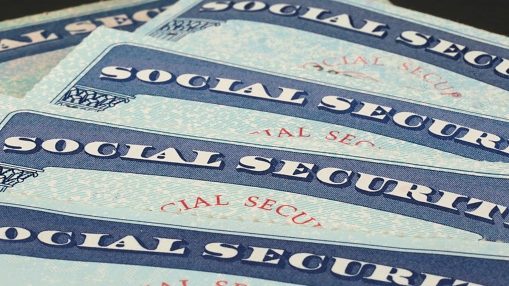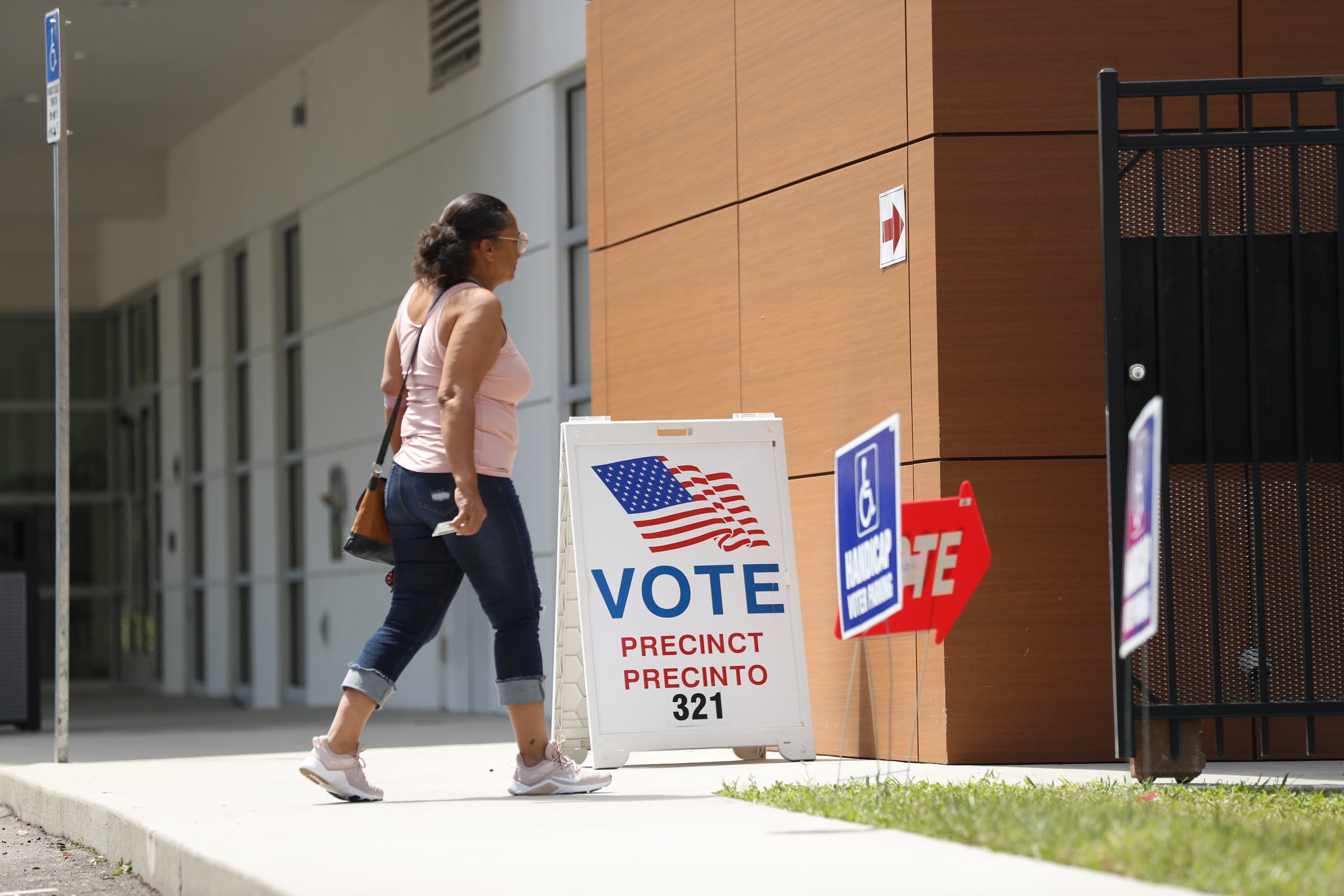Tens of millions of older Americans will see a major increase in benefits this January when a new cost-of-living adjustment (or COLA) is added to Social Security payments.
The 8.7% raise is meant to help them with higher prices for food, fuel, and other goods and services.
But what does the increase mean for the fund that helps pay Social Security benefits? And what should younger generations keep in mind?
Here's everything to know about the program, including how much retires will get next year and what COLA is based on:
Get top local stories in Southern California delivered to you every morning. Sign up for NBC LA's News Headlines newsletter.
HOW DOES SOCIAL SECURITY WORK?
When you work, some of your taxes fund Social Security. The government uses those tax dollars to pay benefits to people who have already retired, people who are disabled, the survivors of workers who have died, and dependents of beneficiaries.
While the money is used to pay people currently getting benefits, any unused money goes to the Social Security trust fund. When you retire, the Social Security contributions of people in the workforce, together with the money in the fund, will pay monthly benefits to you and your family.
HOW IS THE TOTAL AMOUNT SET FOR SOCIAL SECURITY BENEFITS?
Through a complicated formula that takes into account several factors, including how much a worker made in their 35 highest-earning years. Generally, those who made more money and those who wait longer to start getting Social Security get larger benefits, up to a point.
This year, the maximum allowed benefit for someone who retired at full retirement age, which is 66 or 67 depending on the year you were born, is $3,345 monthly.
WHY ARE SOCIAL SECURITY BENEFITS ADJUSTED AND WHAT IS COLA BASED ON?
It’s all part of an annual ritual where Washington adjusts Social Security benefits to keep up with inflation, or at least with one narrow measure of it. Policymakers say the COLA works to preserve the purchasing power of Social Security benefits, and shouldn’t be seen as a pay hike for retirees. As Americans have become painfully aware over the past year, each $1 doesn't go as far at the grocery store as it used to.
At one time Congress had to approve inflation increases, but starting in the mid-1970s lawmakers turned that function over to nonpartisan experts within the government bureaucracy. The annual review is now tied to changes in an official measure of inflation and proceeds automatically and with no political brinksmanship.
That measure of inflation is called the CPI-W index, which tracks what kinds of prices are being paid by urban wage earners and clerical workers. More specifically, the increase is based on how much the CPI-W increases from the summer of one year to the next.
WHAT IS THE SOCIAL SECURITY COLA FOR 2022?
More than 65 million Social Security beneficiaries will get an increase, with the average recipient receiving more than $140 extra a month, according to estimates released by the Social Security Administration.
WHEN WILL I START GETTING THE HIGHER PAYMENTS?
January. They’re also permanent, and they compound. That means the following year’s percentage increase, whatever it ends up being, will be on top of the new, larger payment beneficiaries get after this most recent raise.
HOW MUCH WAS THIS PAST YEAR’S INCREASE?
The increase for 2022 was 5.9%, which itself was the biggest in nearly four decades. Retired workers have been receiving about $92 more a month this year.
WHO WILL COLA IMPACT?
The COLA is big enough to have an impact on the overall economy.
It affects the household budgets of about 1 in 5 Americans, including Social Security recipients, disabled veterans and federal retirees, about 70 million people.
About half of seniors live in households where Social Security benefits account for at least 50% of their income, and one-quarter rely on their monthly payment for all or nearly all their earnings. For this latter group, the COLA can literally make a difference in what they're able to put on the table.
CONSUMER PRICES ARE STILL HIGH. WILL THE COLA INCREASE BE ENOUGH?
Inflation in the United States accelerated in September, with the cost of housing and other necessities intensifying pressure on households. Consumer prices, excluding volatile food and energy costs, jumped 6.6% in September from a year ago — the fastest such pace in four decades.
All that gets sifted into the prices that consumers pay for some of their everyday needs. So, while beneficiaries will likely see additional income next year, that may not go as far due to higher prices.
However, even with widespread price spikes, the September data showed that the prices for many physical goods, including clothing, used cars, furniture, and appliances, dropped last month. A key factor is that supply chain snarls have eased, and many large retailers such as WalMart and Target have discounted some items to clear excess stockpiles.
WILL THIS MAKE INFLATION WORSE?
It will put more cash in the hands of people who mostly really need it, and they're very likely to use it. That will feed more fuel into the economy, which could keep upward pressure on inflation.
Social Security's boost, though, will have a smaller impact on the economy than past stimulus packages provided by Washington, snarls in supply chains caused by worldwide shutdowns of businesses or other factors that economists say are behind the worst inflation in decades.
WILL RICH PEOPLE GET THE SAME BOOST IN SOCIAL SECURITY?
Yes. Everyone gets the same percentage increase, whether they have millions of dollars in retirement savings or are just scraping by.
WILL BIGGER PAYOUTS NOW BANKRUPT THE SOCIAL SECURITY TRUST FUND LATER?
The expected increase is great news for every beneficiary and for the businesses around them that could see more in sales. But it also means the Social Security system will pay out more money sooner, which can add more strain on its trust fund.
Future problems with the fund have long been predicted, largely because of demographic shifts. As birthrates decline, fewer people become workers, resulting in fewer payments of payroll taxes. Meanwhile, more Baby Boomers are retiring and collecting Social Security.
One year of big increases driven by inflation won't drain the system by itself, but it's already been heading toward an unsustainable future. The latest annual trustees report for Social Security said its trust funds that pay out retirement and survivors and disability benefits will be able to pay scheduled benefits on a timely basis until 2035. After that, incoming cash from taxes will be enough to pay 80% of scheduled benefits.
Medicare will be able to pay closer to 90% of scheduled benefits. That means, if nothing changes, future generations can expect to see a 20% across the board reduction in payments, with a 10% reduction in Medicare coverage.
Such a reduction would represent a major hardship for most people who depend on Social Security, even middle-class retirees.



